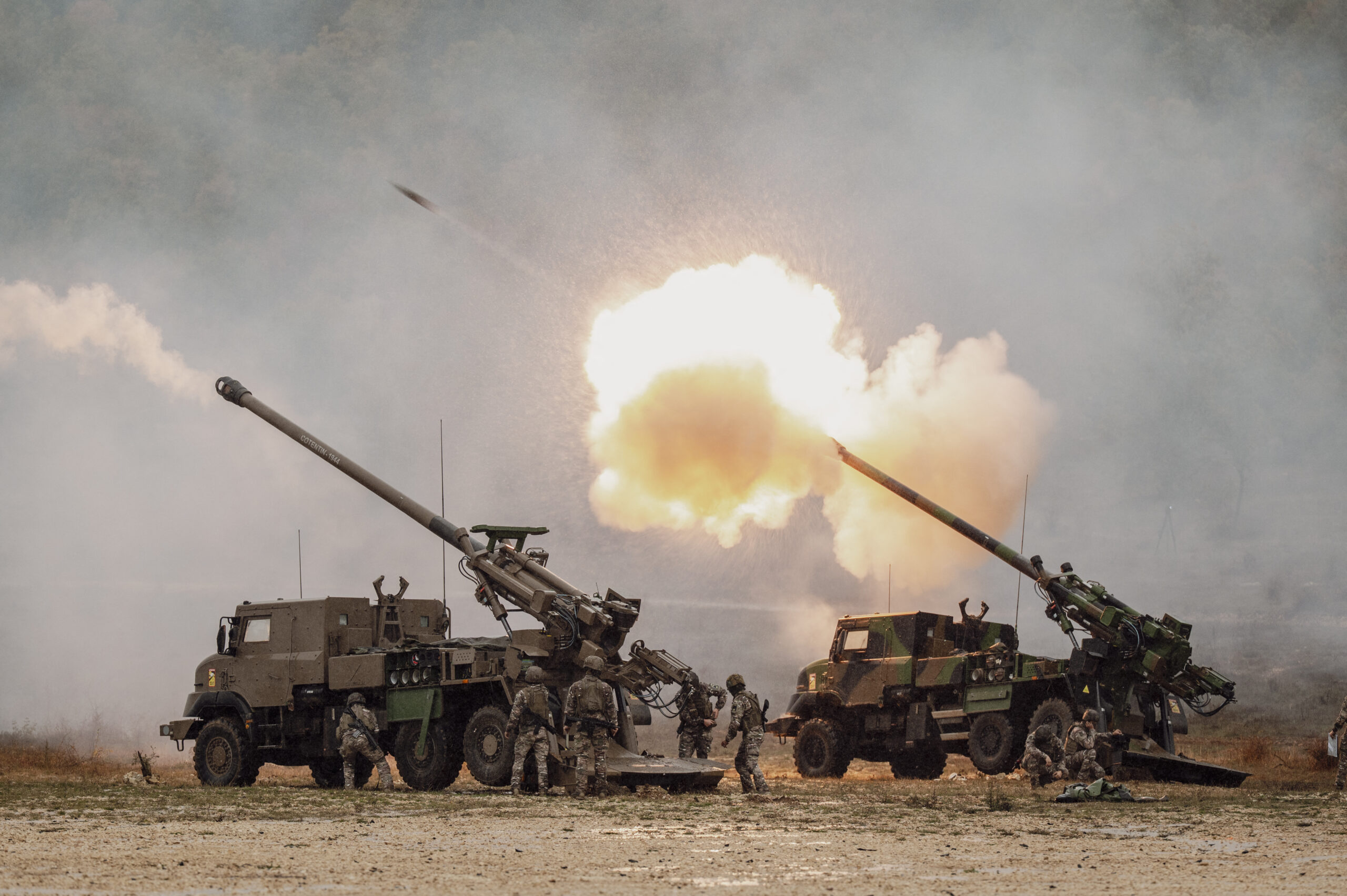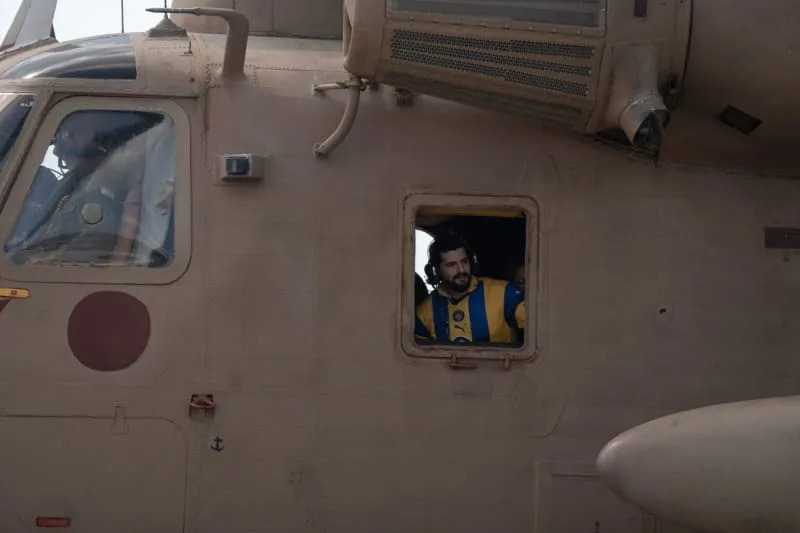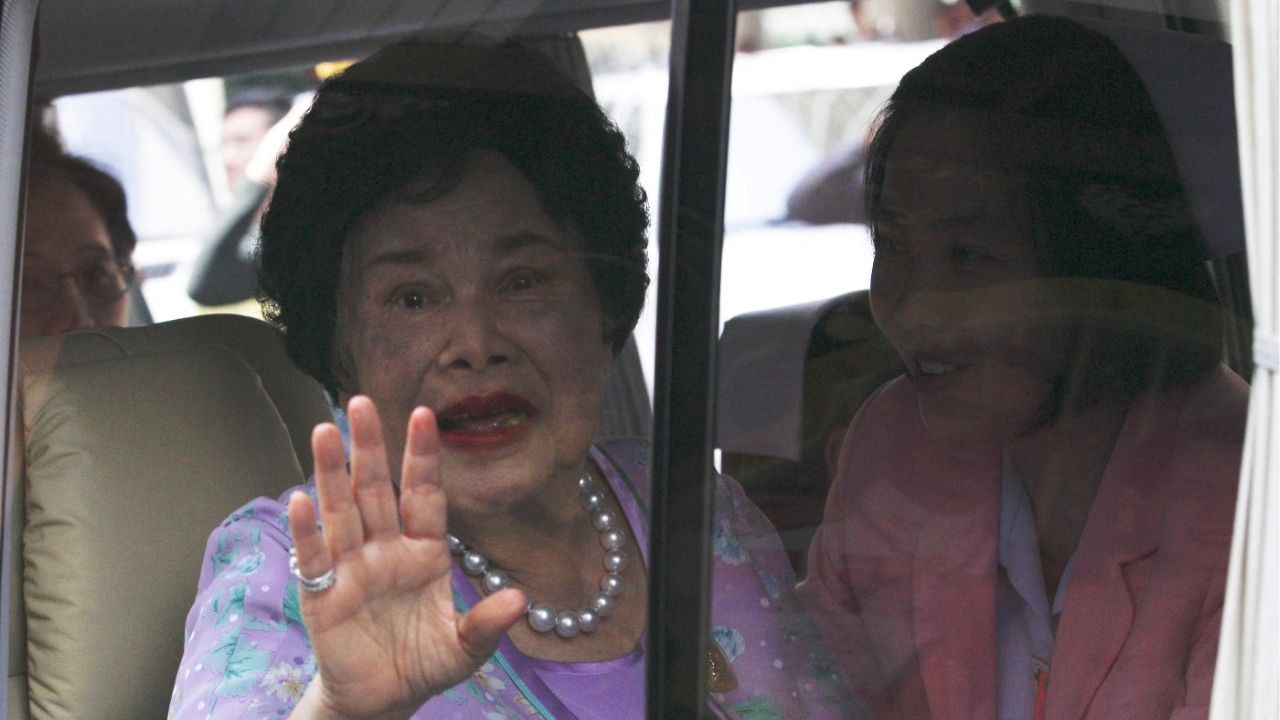A recent artillery demonstration by the French Army at Camp de Canjuers showcased the evolving landscape of modern warfare, particularly highlighted by lessons from the conflict in Ukraine. The event, held under heavy rain, underscored the impact of adverse weather on military operations, particularly affecting the use of drones while allowing artillery to continue firing.
The demonstration took place on October 19, 2023, with representatives from KNDS, a prominent arms manufacturer, and various foreign military delegations in attendance. Despite the downpour, which led to grounded helicopters and drones, the event illustrated the 35th Parachute Artillery Regiment‘s commitment to adapting its tactics to a battlefield increasingly dominated by unmanned systems.
As noted by Lt. Col. Renaud Durbecq, operations and training chief of the regiment, artillery remains vital despite the growing reliance on drones. “Artillery is becoming increasingly important on the battlefield, since our guns are precisely the weapon that allows us to fire at the furthest range – there where, most often, drones cannot go,” Durbecq explained. The regiment operates the Caesar 155mm howitzer, produced by KNDS, as its primary artillery piece.
Adapting to New Realities
The demonstration highlighted the regiment’s rapid integration of drone technology. According to Durbecq, the regiment now utilizes five times as many drones as it did a year ago, with tripled numbers of drone pilots and doubled flight hours. The Delair DT46 drone, capable of covering approximately 80 kilometers, serves crucial roles in intelligence gathering and target acquisition, alongside other drones used for reconnaissance and strike operations.
A significant advancement in artillery operations is the “acceleration of the intelligence loop.” DT46 drones are directly linked to fire-control communications, enabling immediate strikes upon target detection. The regiment plans to enhance its drone capacity further, although specific numbers were not disclosed. Additionally, the introduction of six experimental Proteus anti-drone cannons aims to fill existing gaps in counter-unmanned aerial system (UAS) capabilities.
During the demonstration, the regiment successfully used the 20mm cannon from the Proteus system to neutralize drones immobilized by the Nerod handheld jammer, developed by the French technology firm MC2 Technologies. The system, a combination of vintage artillery technology and modern capabilities, emphasizes the regiment’s innovative approach to countering drone threats.
Insights from the Ukraine Conflict
The ongoing conflict in Ukraine has prompted tactical innovations that could influence French Army strategies. Olivier Fort, a former artillery colonel and current executive at KNDS, pointed out that approximately 75% of artillery pieces in Ukraine have been destroyed by remotely operated munitions, such as Russia’s Lancet drone.
In response, Fort suggested new tactics including prepositioning artillery rounds and propellant charges at firing locations, thereby reducing the risk of secondary explosions from drone attacks. “These are things that had not been considered previously, but now the omnipresence of drones is forcing them to do this,” he stated.
The lessons from Ukraine indicate a shift in how artillery units operate. Fort emphasized the importance of mobility for resupplying ammunition and fuel, which can be accomplished more quickly with the Caesar system compared to some traditional tracked howitzers.
The regiment’s commitment to enhancing operational readiness includes training reservists in artillery expertise and increasing collaboration with infantry regiments to recreate mortar support teams. These adaptations aim to ensure that the 35th Parachute Artillery Regiment can effectively engage in prolonged conflicts while maintaining a robust response to evolving threats.
As the demonstration concluded, Lt. Col. Durbecq expressed confidence in the capabilities of the Caesar, stating that the system’s combination of mobility, range, and firepower remains essential. “I believe that I need a system that is reliable, and that must be its greatest quality,” he said, reflecting the regiment’s focus on operational effectiveness in a rapidly changing battlefield environment.






